PARIS (AFP) – Famous for its cuteness and comic gait on land, the penguin also has an enigmatic life at sea, sometimes spending months foraging in the ocean before returning to its breeding grounds.
Zoologists have long wondered where the flightless seabird goes during these long spells away from land -- and now French scientists, in a study published in Wednesday, believe they can supply the answer.
A team from National Centre for Scientific Research (CNRS) attached monitoring devices to a dozen male and female macaroni penguins (Eudyptes chrysolophus) at the onset of winter on the French Indian Ocean territory of the Kerguelen Islands.
Weighing just six grammes (a fifth of an ounce) each, the gadgets were attached to the penguins' legs by a harmless plastic strap.
The tufty-headed birds headed out to sea a few days later for their annual forage and the tiny recorders logged the location, ambient light and water temperature wherever they went.
The following spring, roughly six months later, the penguins returned to Kerguelen to breed.
The scientists recovered the devices and downloaded the data, and also took blood samples to get a chemical signature of what the birds had been eating.
Once at sea, the birds swiftly swam away from Kerguelen, heading eastwards into the southern Indian Ocean, the investigators found.
They dispersed widely, spending more than 80 percent of their time in a long geographical band between 47 and 49 degrees latitude south.
The rest of the time was spent farther south, closer to the fringes of the Southern Ocean. They did not cross this limit, though, nor did they forage in pack ice.
The birds swam astonishing distances, clocking up 10,430 kilometres (8,930 miles) on average during their six months away. The most adventurous swam up to 2,400 kms (1,500 miles) from Kerguelen.
In the final weeks of the migration, the birds rushed to get home, covering a massive 1,743 kms (1,108 miles) in just one month.
Foodwise, the blood test showed that the penguins had gorged on crustaceans during their time at sea.
Contrary to expectations, they had not tucked into the major species of Antarctic krill, Euphausia superba, which only occurs farther south in colder waters.
The study is important as it pinpoints the penguins' key feeding grounds in the sub-Antarctic Indian Ocean, and thus helps conservation efforts, say the authors, led by Charles-Andre Bost.
Macaroni penguins are the most numerous penguin species, but their population is thought to have declined over the last two decades.
Climate change also poses a threat, as warmer waters and shifting ocean currents will affect food availability.
The paper appears in Biology Letters, a journal of the Royal Society, which is Britain's de-facto academy of sciences.
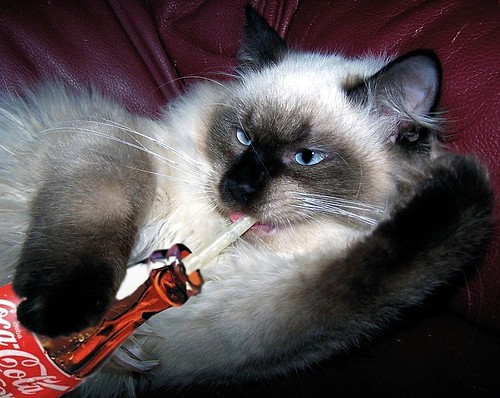
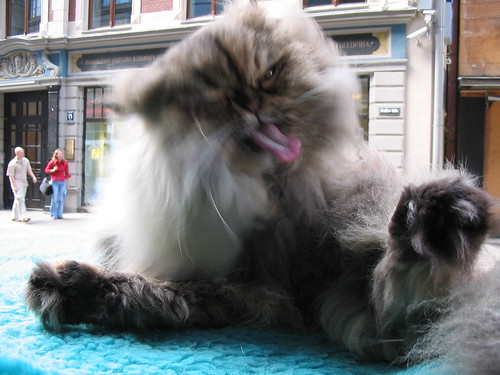








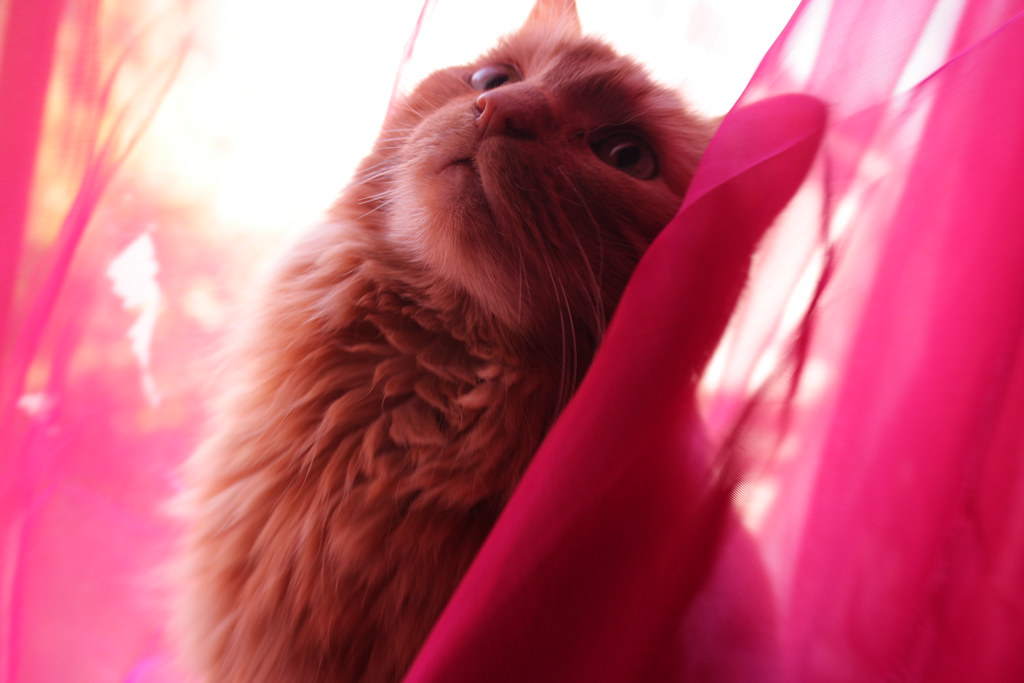
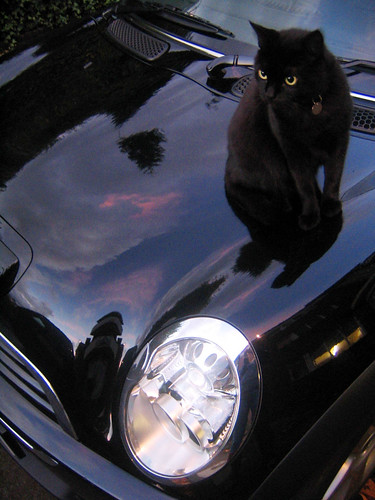


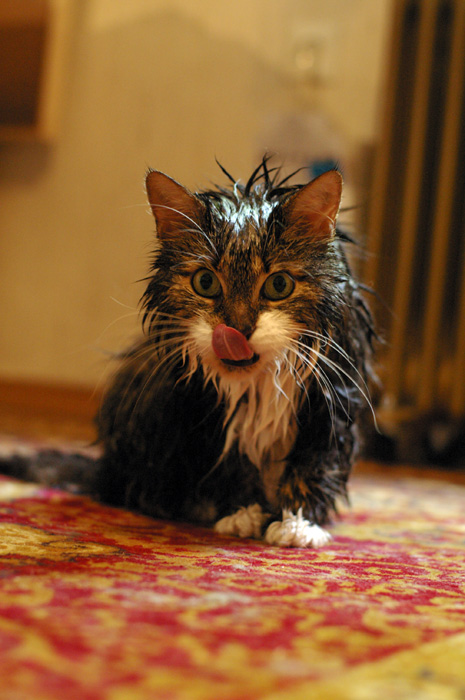

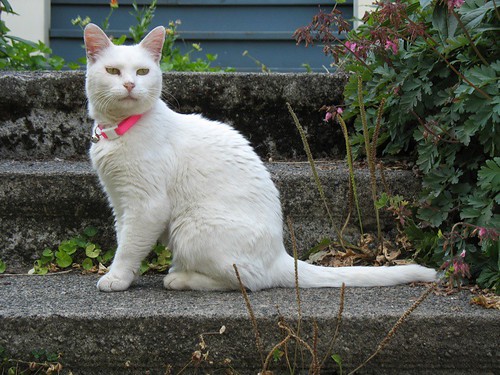
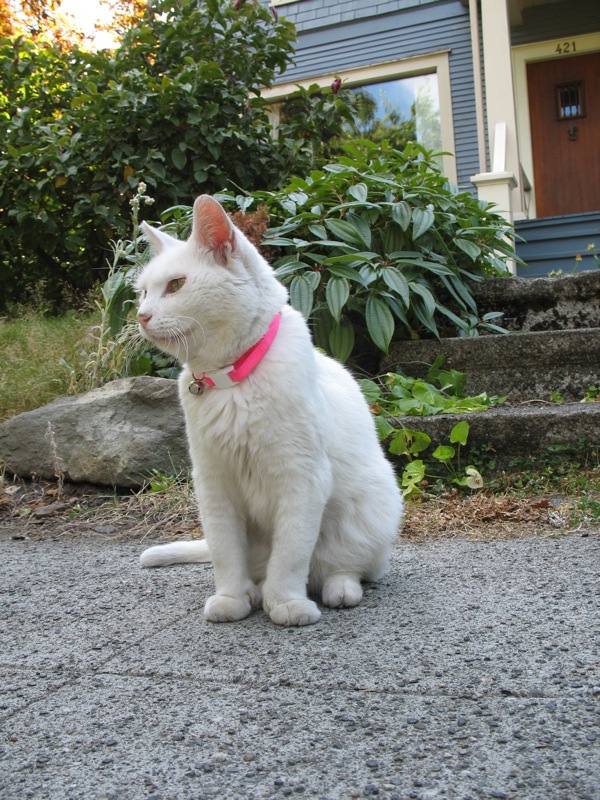












 Clique na imagem para ampliar!
Clique na imagem para ampliar!













